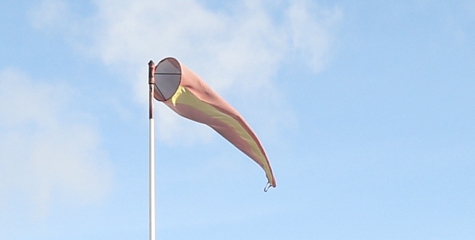Please use these boxes to provide up to 2 drivers of HIGH importance. Click on HELP to see examples:
|
|
Driver 1
|
Driver 2
|
|
Social
|
Division of labour has increased the alienation of citizens from technology as well as crafty skills. Fablabs or also DIY and Rapid Prototyping grass-root movements try to regain “control” over production. The aim is to foster creativity and curiosity for physical products and enable people to create products without the help of professional manufacturers. This is especially interesting for people in emerging and developing countries since they suffer from a fabrication divide and the fact, that a lot of products are not produced for their local circumstances.
|
|
|
Technological/Scientific
|
The continuous improvement of technological performance and the cost reduction of manufacturing equipment might lead to a further diffusion and establishment of Fablabs in even more communities.
|
|
|
Economic
|
Fablabs might also gain importance in industrialised countries since more and more companies react to a customer demand for personalised products and offer user toolkits for innovation and design. But this attempt is constrained by limited solution spaces, and the production of the customised product so far is still conducted by the manufacturer. Customers could therefore demand more freedom and control over products.
|
|

.png)
